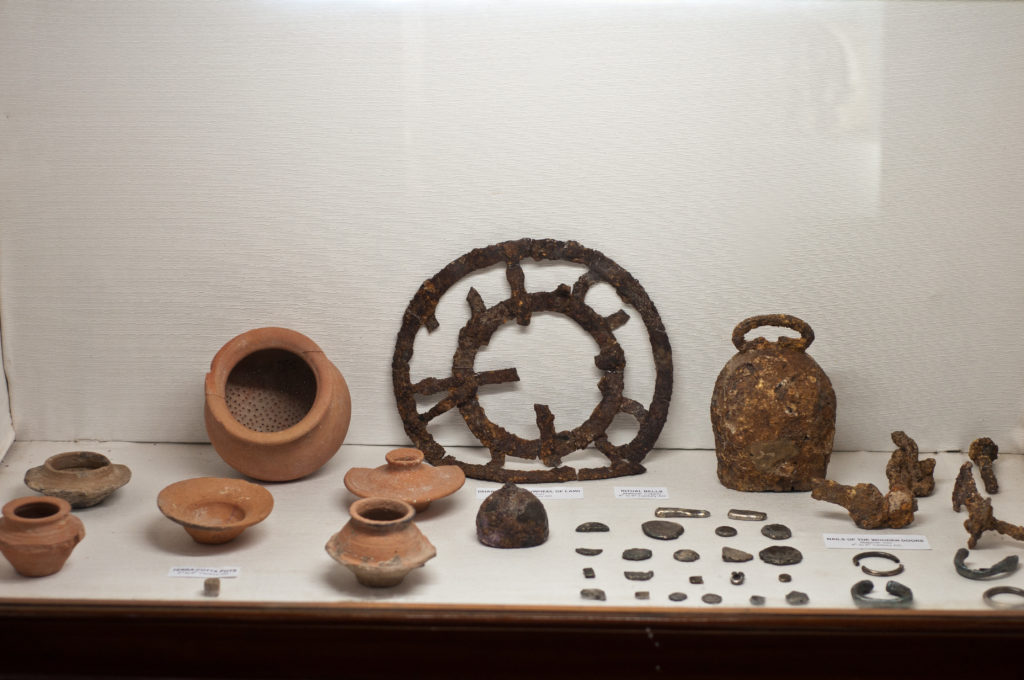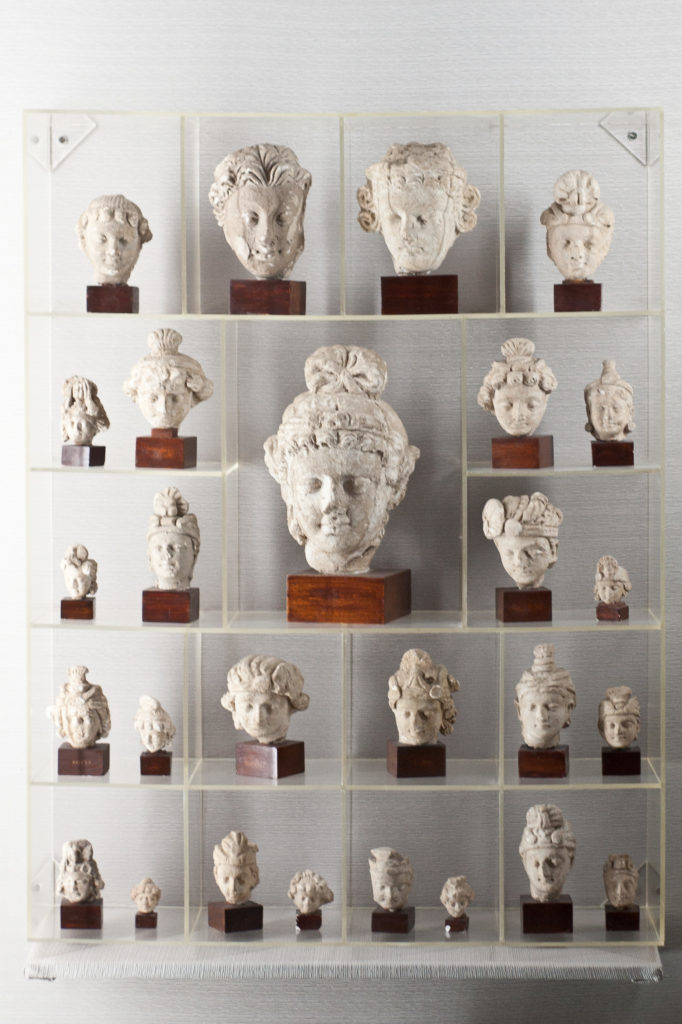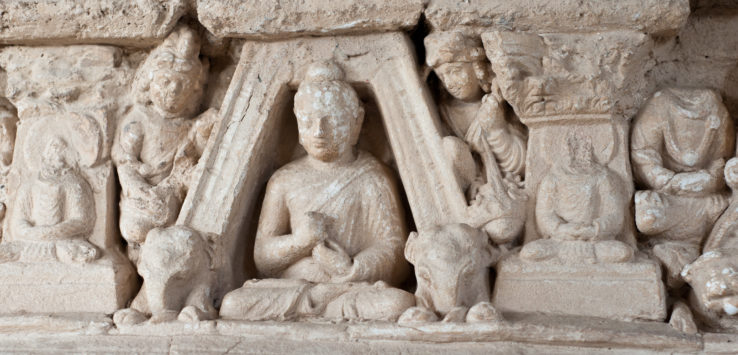Pakistan is well known around the world for its many incredible works of religious art and architecture. When most people think of Pakistan’s religious art, however, they tend to think of the mosques and mosaics from the Mughal Empire. While it’s certainly true that Pakistan has a rich Muslim heritage, northern Pakistan was at one time a haven for Buddhist monks, scholars, and artists. The area of northern Pakistan called Gandhara was a particularly important area in the development of Greco-Buddhist statuary.
As the name suggests, Greco-Buddhism was a fusion of Greek art forms with Buddhist philosophy. This art style reached its zenith between the 1st to the 5th centuries in Gandhara.
Although there aren’t any practicing Buddhists in Pakistan today (96 percent of Pakistanis identify as Muslim), locals are proud of the beautiful tradition of Greco-Buddhist art and they work hard to preserve these statues. Believe it or not, many faithful Buddhists from Southeast Asia still make pilgrimages to this city to see the incredible statuary.

The best place for visitors to appreciate Gandhara era art is to visit the Taxila Museum in the city of Taxila. UNESCO recognizes many ruins in Taxila (which is about an hour’s drive away from Islamabad) as a World Heritage Sites. Although it’s not as buzzing as it was in ancient days, Taxila is still considered one of the most important archeological sites in the world. Most of the town today consists of well-preserved ruins from the Gandhara era.
In case you were wondering, Taxila was originally called “Takshashila,” which means something like “hill castle.” Most historians believe Taxila got this name during the 3rd or 2nd centuries BC.
Taxila was extremely important as a trading stop on the ancient Silk Road. Most scholars believe the Buddhist religion could have spread from Taxila to other areas of Asia like China, Tibet, Mongolia, and even Japan.

Construction on the Taxila Museum began in 1918 by Viscount Chelmsford of Chelmsford. It took builders ten years to complete this massive museum and open it to the public. In 1998, officials in Pakistan decided to expand the museum to fit more interesting artifacts. While it’s still rather small, this museum houses some of the most impressive Buddhist statues on earth.
Much of the art and artifacts in Taxila Museum are from the Gandharan era and date back between the 1st and 7th centuries. The most celebrated pieces in the museum are various stone carvings of the Buddha. English archeologist John Marshall discovered these statues when he excavated the Taxila Valley in the early 1900s. All in all, there are 1,400 objects from the Gandharan period in this section of the museum. Most statues of the Buddha depict him in seated meditation.
Besides Buddhist art, this museum has about 4,000 different objects taken from Buddhist and Greek temples around the area. Most of the objects in the museum come from between 600 BC and 500 AD. In addition to Buddhist works, this museum includes artifacts from Hinduism and Jainism. There are also numerous coins, temple paintings, and silver tools in this museum.

It’s important to note that Taxila wasn’t only an important city for Buddhists during the Gandhara era. Indeed, archeologists have found numerous Jain and Hindu temples in this area. There are even a few Greek buildings and Persian influences.
In addition to seeing all these miraculous artifacts in the museum, visitors are encouraged to see the excavation grounds where John Marshall worked. You can easily find the Taxila Ruins from the museum and explore the area for a small fee. Of the many Buddhist temples in the area, the Jaulian Buddhist Monastery is one of the most famous.
When you’re done visiting the museum, don’t get in your car and leave Taxila just yet! There are 18 UNESCO World Heritage Sites throughout the city, so there’s plenty to see here. A few stops every tourist should include on his/her itinerary include the Khanpur Cave, the prehistoric settlement known as Sarai Kala, the well-preserved Mohra Moradu Monastery.

Although it’s not a UNESCO World Heritage Site, you can’t help but notice Nicholson’s Obelisk while walking through Taxila. Be sure to learn all about the Irish Captain John Nicholson and why it was built to celebrate his legacy here.
After walking around these ruins, be sure to walk back to the museum and tour the lovely garden area. The staff at the Taxila Museum works extremely hard to maintain a magnificent garden.

Besides Taxila, the Pakistani cities of Lahore and Karachi have a large collection of stunning works of Gandhara art. If you live outside Pakistan and want to see great examples of Gandhara statuary, consider visiting London’s British Museum also.
Anyone visiting the city of Taxila must make a stop at this incredible museum. Just note, this museum is closed on the first Monday of every month and it closes early during Ramadan. Standard hours for this museum are between 8:00AM to 5:30PM.




I have been to Taila three times since the 1980s.
I am especially interested in the stupa of Alexander the Great. It is the only location that Alexander’s crest is shown.
I have also been to the museum in Alexandria, Egypt— and they know knowing of the crest.
Can you please send me a picture of the crest— I can no longer find the photographs.
Many thanks,
Brian A. Barlow